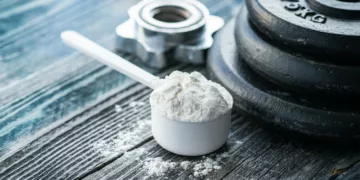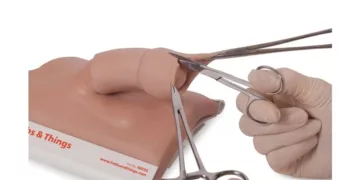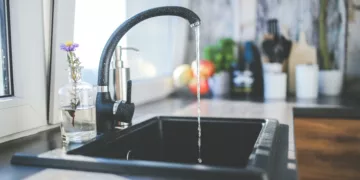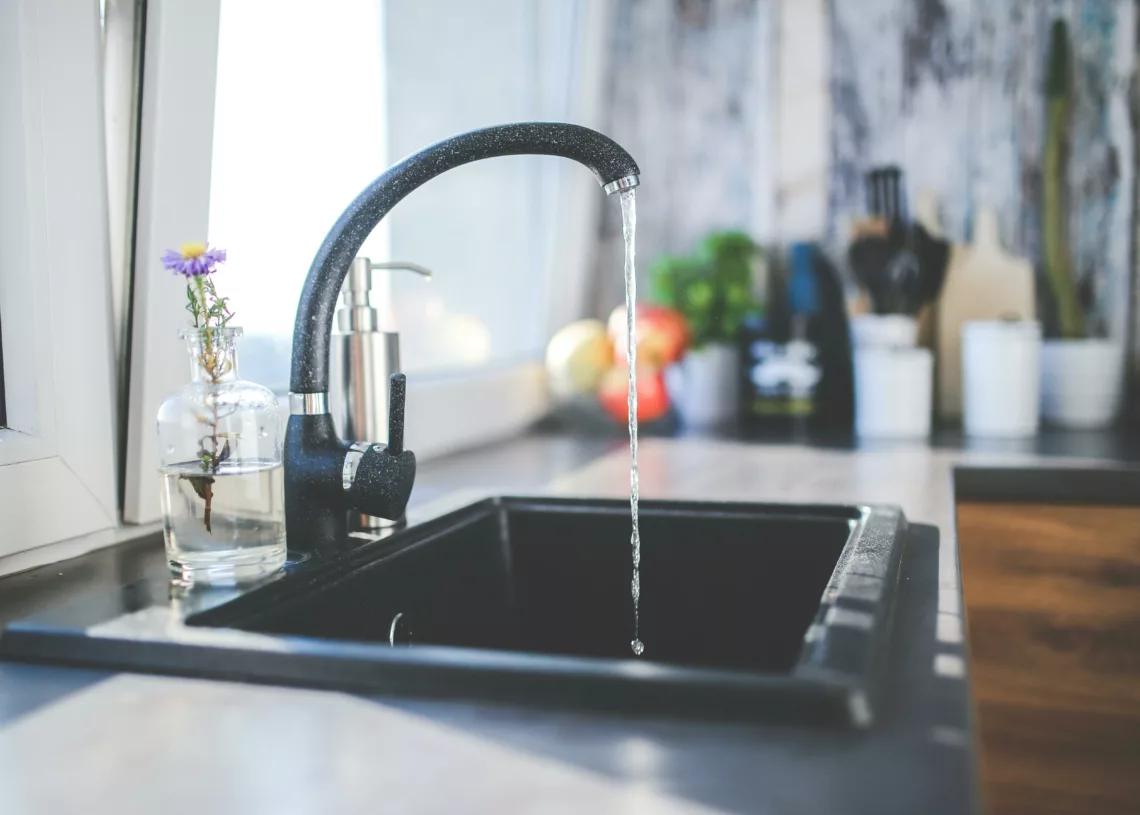The kitchen sink, a hub of culinary creativity and daily chores, can quickly turn into a source of frustration when clogs rear their ugly heads. In this blog post, we’ll dive deep into the world of plumbing and explore practical solutions to unclog a kitchen sink. From the common culprits causing blockages to the role of a garbage disposal, we’ll unravel the mysteries beneath the surface.
Understanding the Plumber’s Arsenal
Before we embark on our journey to conquer kitchen sink clogs, let’s familiarize ourselves with the essential tools every aspiring home plumber should have. The Plunger, Plumber’s Snake, and Pipe Wrench are your trusty companions in the battle against stubborn blockages.
The Almighty Plunger
The plunger, a symbol of DIY plumbing prowess, is a simple yet effective tool. Here’s a step-by-step guide on how to use it:
- Seal the Overflow Drain: If your sink has an overflow drain, cover it with a wet cloth to ensure a strong seal.
- Create a Seal: Place the plunger over the drain and press down firmly to create a seal.
- Apply Force: Push and pull the plunger vigorously to create suction and dislodge the clog.
This method is most effective for minor clogs caused by a buildup of grease, food particles, or soap scum. Remember to maintain a steady rhythm, and don’t be afraid to put some elbow grease into it for optimal results.
What Causes Kitchen Sink Clogs?
Understanding the enemy is the first step in winning any battle. Kitchen sink clogs can be caused by a variety of factors, ranging from everyday activities to less obvious culprits. Let’s explore the most common offenders.
Grease Buildup: The Silent Assassin
Grease is a notorious foe, silently coating the insides of pipes and congealing over time. As it solidifies, it becomes a sticky trap for other debris, leading to stubborn clogs. To combat this, avoid pouring grease down the drain and use a paper towel to wipe greasy dishes before washing.
Pro Tip: Consider installing a grease trap to capture grease before it enters the plumbing system.
Food Particles: Culinary Debris on the Attack
Bits of food that make their way down the drain can accumulate and form blockages. While a garbage disposal can help break down small particles, larger chunks can still pose a threat. Scraping plates into the trash before rinsing dishes can significantly reduce the risk of clogs.
Pro Tip: Invest in a fine mesh strainer for your sink to catch food particles before they enter the drain.
Foreign Objects: The Accidental Intruders
Sometimes, the kitchen sink plays host to unexpected guests in the form of foreign objects. From utensils to small toys, these items can inadvertently find their way into the drain, causing obstructions. Vigilance and mindfulness are your allies in preventing such incidents.
Pro Tip: Teach everyone in your household about what should and shouldn’t go down the kitchen sink.
The Garbage Disposal Dilemma
Ah, the garbage disposal—a modern marvel that can be both a friend and a foe in the world of plumbing. Let’s delve into its role in kitchen sink drains and how it influences the clogging equation.
The Garbage Disposal’s Contribution
A garbage disposal is designed to shred food particles into smaller pieces, making them easier to flush down the drain. However, it’s crucial to note that not all items are disposal-friendly. Fibrous foods like celery, coffee grounds, and eggshells can tangle and create clogs.
Here’s a quick reference table for disposal do’s and don’ts:
| Acceptable | Avoid |
|---|---|
| Fruit peels | Coffee grounds |
| Soft vegetables | Eggshells |
| Small bones | Potato peels |
| Ice cubes | Grease |
Remember: Running cold water while using the disposal helps carry waste away more efficiently.
Proper Garbage Disposal Care
To ensure your garbage disposal remains a reliable ally, regular maintenance is key. Follow these steps for optimal performance:
- Clean Regularly: Run a mixture of ice cubes and salt through the disposal to clean the blades.
- Use Citrus: Drop citrus peels down the disposal to freshen it up and combat odors.
- Avoid Harsh Chemicals: Say no to chemical drain cleaners, as they can damage the disposal. Opt for natural alternatives like baking soda and vinegar.
Pro Tip: Grinding a few ice cubes in the disposal helps sharpen the blades.
DIY Plumbing Triumph: Unclogging the Kitchen Sink
Armed with knowledge and the right tools, let’s tackle the task at hand: unclogging the kitchen sink.
Plunging Power Play
The plunger, a hero in the world of plumbing, can often be the solution to your clogging woes. However, the technique matters. Follow these steps for a power play:
“A well-executed plunge is like a battle cry against clogs. Seal, press, and conquer!”
- Seal the Deal: Ensure a tight seal by covering the overflow drain with a wet cloth.
- Plunge with Precision: Push down forcefully, then pull up quickly. Repeat in a rhythmic motion.
- Release the Seal: Lift the plunger to break the seal and allow water to flush the drain.
Pro Tip: For double-basin sinks, seal one drain while plunging the other for better suction.
Snaking Your Way to Victory
For more stubborn clogs, the plumber’s snake (or drain auger) comes to the rescue. Here’s a guide to snaking success:
“Like a serpent in the pipes, the plumber’s snake navigates the twists and turns, breaking down clogs with precision.”
- Insert and Rotate: Feed the snake into the drain while turning the handle clockwise. This motion helps break up the clog.
- Withdraw Gradually: As you feel resistance, gently withdraw the snake. This action helps dislodge the debris causing the blockage.
Pro Tip: Use the snake in a steady, controlled manner to avoid damaging the pipes.
Chemical-Free Solutions
If you prefer a chemical-free approach, a combination of baking soda and vinegar can work wonders. Follow this recipe for a homemade drain cleaner:
“Nature’s chemistry: a bubbling reaction that dissolves clogs without harming your pipes.”
- Pour 1/2 cup of Baking Soda: Directly into the drain.
- Follow with 1/2 cup of Vinegar: Watch the fizzing reaction as it breaks down the clog.
- Flush with Hot Water: After 15 minutes, flush the drain with hot water to clear any remaining debris.
Pro Tip: Regularly using baking soda and vinegar can help prevent future clogs.
Mastering the Art of Home Plumbing
In the grand symphony of household maintenance, the plumber takes center stage, ensuring that water flows freely and life continues uninterrupted. So, the next time your kitchen sink rebels against the flow, channel your inner plumber, armed with knowledge and the right tools, and restore order to the heart of your home.
Happy plumbing!










































